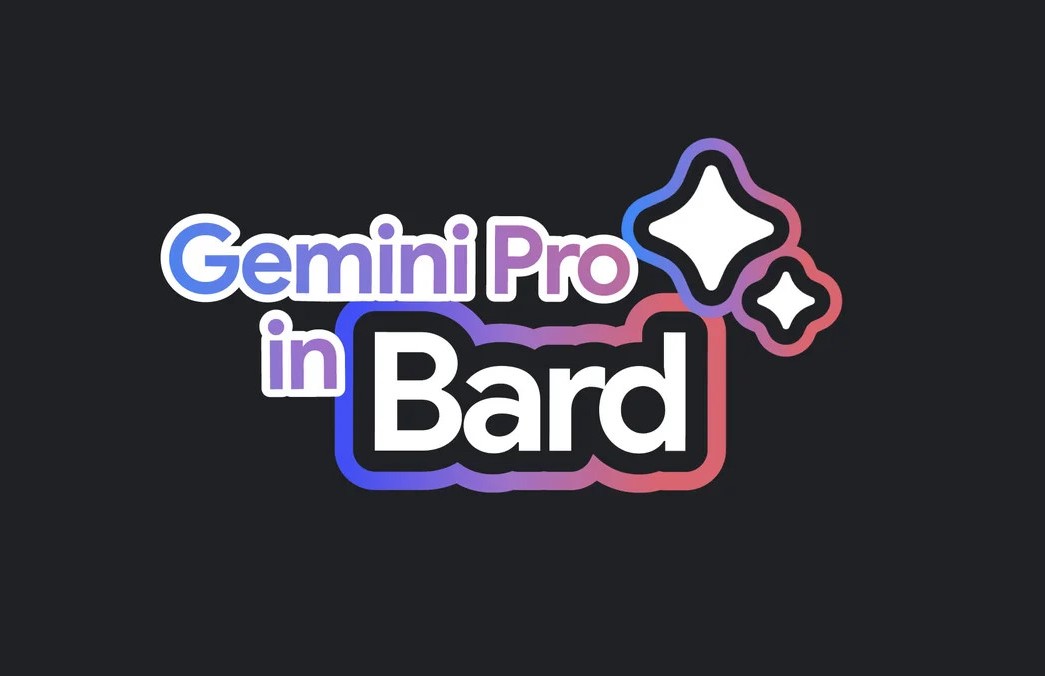Google Bard underwent a significant update on February 1, introducing several new features to its AI-driven chatbot. The standout upgrade is its newfound ability to create images based on written text input.
Yet, it remains unable to generate image-to-image results. In addition, the technology company has extended Google Bard’s availability to over 230 countries and territories, emphasizing its support for over 40 languages.
The upgrade was announced a day after Google disclosed during its quarterly earnings call that a subscription-based model would be introduced for Google Bard Advanced, featuring the advanced capabilities of Gemini Ultra.
Google shared the news through a blog post showcasing the list of updates made to the AI chatbot.
The addition of the AI image generator marks a significant and belated stride for Google, especially considering that several competitors like OpenAI’s ChatGPT Plus, Microsoft Copilot, and Baidu’s Ernie Bot have already had this feature for some time.
The image generation capabilities of Google Bard stem from the Imagen 2 model, which is also the driving force behind other AI products from the tech giant, including the currently tested ImageFX and Vertex AI.
Features of Google Bard’s AI Image Generator
The recently introduced AI image generator in Google Bard is designed to process text prompts, even those spanning multiple paragraphs. Google asserts that the resulting images will exhibit high quality, diversity, and a photorealistic appearance.
Furthermore, Google has implemented SynthID to ensure that images produced by Google Bard are readily recognizable as AI-generated. DeepMind, a division of Google, introduced SynthID in August 2023 as a tool for watermarking and identifying images generated by artificial intelligence.
The company said at the launch, “This technology embeds a digital watermark directly into the pixels of an image, making it imperceptible to the human eye but detectable for identification.”
In addition to introducing image generation features, Google has broadened Bard’s reach to over 230 countries and territories. Furthermore, it has extended language support to include more than 40 languages, such as Arabic, Bengali, Tamil, and Urdu. Previously, Bard was accessible in 170 countries and exclusively supported English.
The technology giant has integrated its ‘double-check’ feature into all supported languages. This functionality lets users discern which portions of the response originate from a cited source on the internet, complete with citations. Simultaneously, it highlights sections that lack any reference.
This feature aims to mitigate instances of AI providing confidently incorrect responses, called AI hallucinations. Users can access this functionality by clicking the G icon beneath the generated response.
